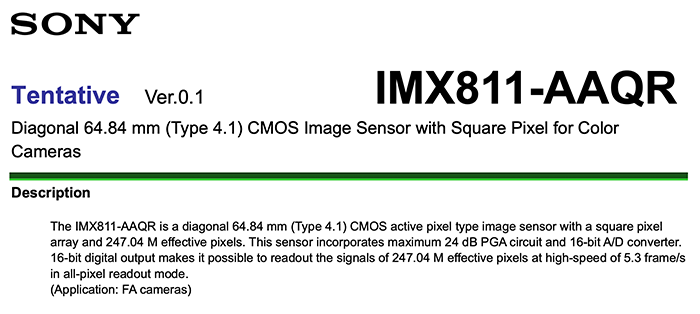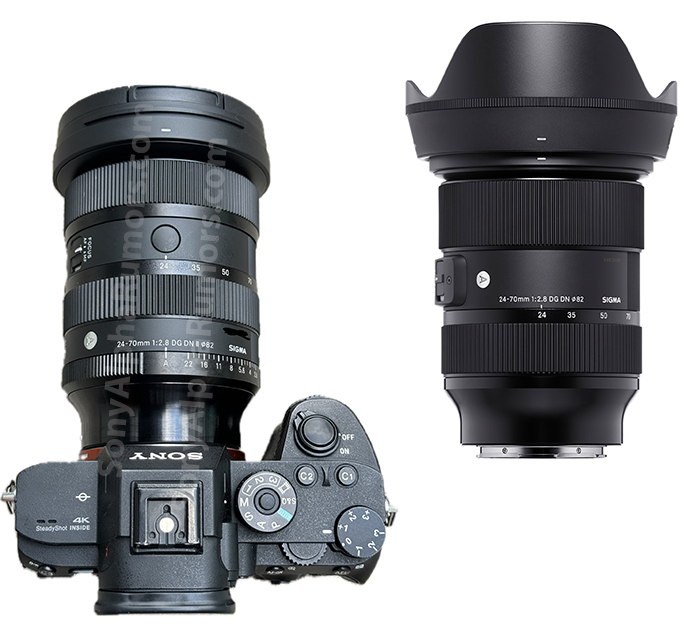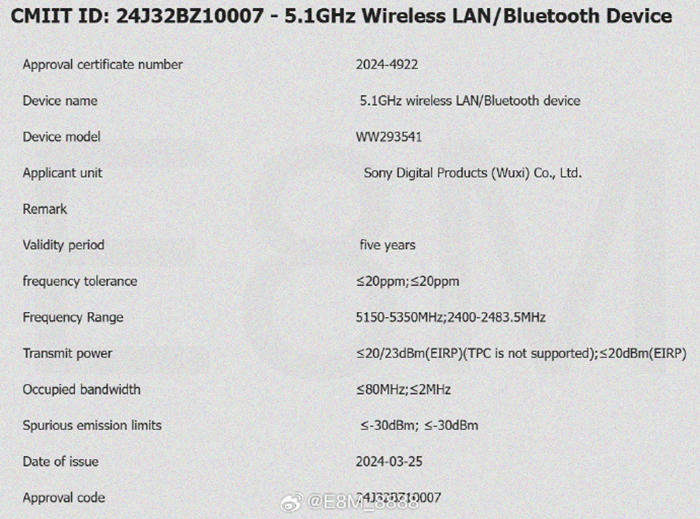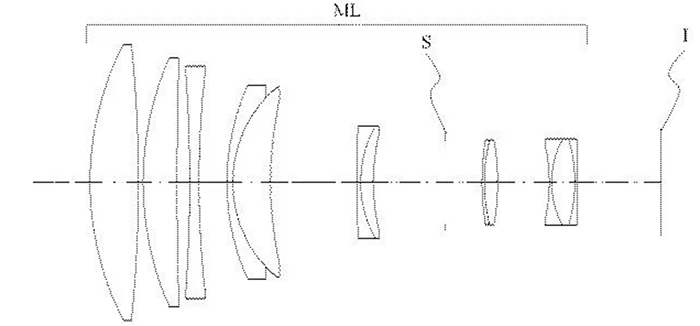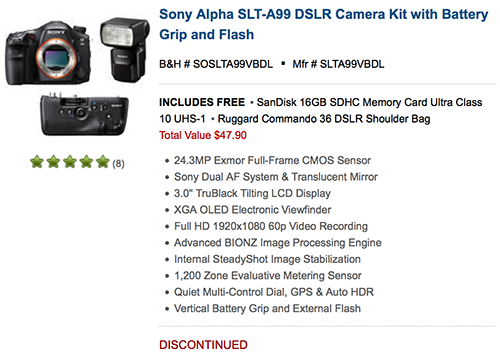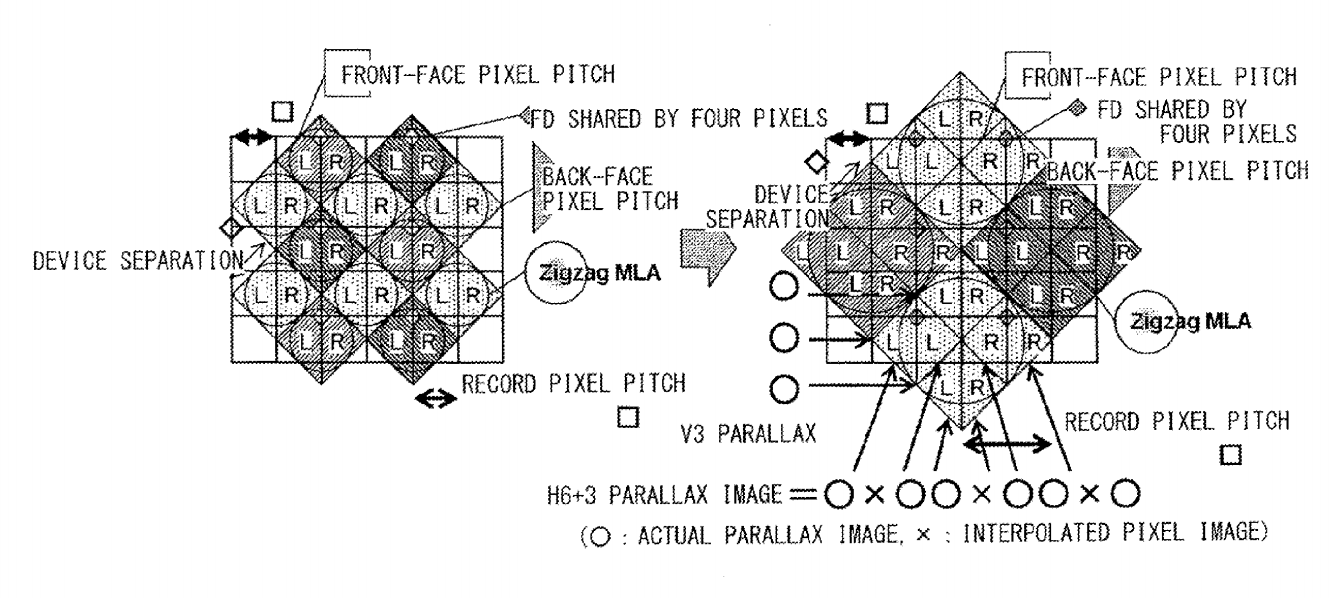Blackmagic Pocket Cinema Camera vs Sony RX100 III – guess which is which from Andrew Reid on Vimeo.
Sony RX100 III review (EosHD).
Review: Sony Cyber-Shot RX100 Mark III (Ming Thein).
Sony FE 24-70mm F/4 ZA review (PhotoJottings).
Sony RX100 Mark III : le test complet (Focus Numerique).
Sony A77II test at Optyczne.
DPR reviews Tamron 150-600mm.
Sony A3000 Review at Imaging Resource.
Sony A6000 Shooter’s Report Part III at Imaging Resource.
New Metz flash with multi-function hotshoe! Metz.de.
Jean: “After a friends question about my 3 month experience with the A7, I decided to write a long article on it and on impressions with E-Mount and 3rd Party Lenses. The article is in French but can easily be translated by Google Translate. I includes many photo samples and photos of the A7 with lenses mounted and weight of the lenses.
Après des questions d’un ami sur mes 3 mois d’expérience avec le Sony A7, j’ai décidé d’écrire un long article avec mes impressions sur les objectifs en monture E et aussi des objectifs tiers. L’article est illustré de nombreuses photos exemples et de l’appareil avec les objectifs ainsi que leurs poids
http://www.jlrichter.fr/2014/06/28/photo-le-sony-a7-et-ses-objectifs/”
Patrick: “Another potential post for your site: https://vimeo.com/94010638
After a long still photography career of shooting only Canon and Nikon, the facial recognition AF of the Sony A99V drew me onto a new world of making large sensor video focus pulls easier than I ever dreamed possible.
Last week I did a shoot for a law school where I got pretty much free reign of the place to make eye candy type clips for a one-minute admissions video project. It’s great when a client engages you and then sets you free to do what you know is best for them, rather than attending endless meetings where they can tend to put you in a box and stifle your creativity.
As I packed up for this assignment, I realized the power of Sony’s entire lineup of cameras. I brought with me and used four different Sony products which included the A7, A6000, RX10, and the only strictly video camera was the Sony FS100. I also used a GoPro for some POV on my motorcycle but that footage doesn’t hold up to the Sony stuff.
The great thing about the variety of cameras they are producing right now for video use is that the three sensor sizes really make it easy to always have the correct look for the image you want to make. What do I mean by this?
If I need to tell the larger story of a scene in which there are a lot of people that are all important to the clip, I can choose the RX10 with its 1” chip. It will do a slightly better job at still showing the background, which helps establishing shots where the entire feel and scope of a place is needed.
For more intimate footage where you want to isolate a subject for an interview, the A7’s full frame sensor rocks the house, especially when paired up with fast primes to really knock the crap out of the background and go for the eyes only in terms of focus.
The A6000 makes the most of all of the great Sony glass with OSS, like the 10-18 which I use a lot, the 50mm f/1.8, and even the kit lens (18-55) which I have found to be very capable. The ability for the A6000 to just nail focus even in low light AS THE CAMERA AND SUBJECT ARE BOTH MOVING is astounding to me. I sometimes shoot something with the A6000, play it back, and just laugh. The AF is scary good on the A6000 and it is fast becoming a favorite of mine even though it just showed up recently.
In all honesty, this entire shoot could have been done exclusively with the RX10 as it offers the most flexibility, especially to anyone that is just getting into video and wants to enjoy success immediately with a minimum of work and learning curve. I always feel better having the RX10 close, as it is so versatile and capable. Having said that, the ability to jump up to the larger sensors offered in the A6000 and especially the A7 just give the Sony system a huge leg up on everyone else right now.
I love the 55mm f/1.8 but I wish it had OSS. I need more fast Zeiss glass, and soon, for the AF system to really help me. My dream lens list? I’m glad you asked. For full fame, I’m wanting a 135mm f/1.8 Zeiss, 35mm f/1.8 Zeiss, and a Sony G 100mm f/2.8 macro. On the APS-C sensor side of things, more fast lenses WITH OSS please. And the replacement for the RX10? 4K would be really nice, leave the lens alone, but give us the AF system in the A6000… please!“
